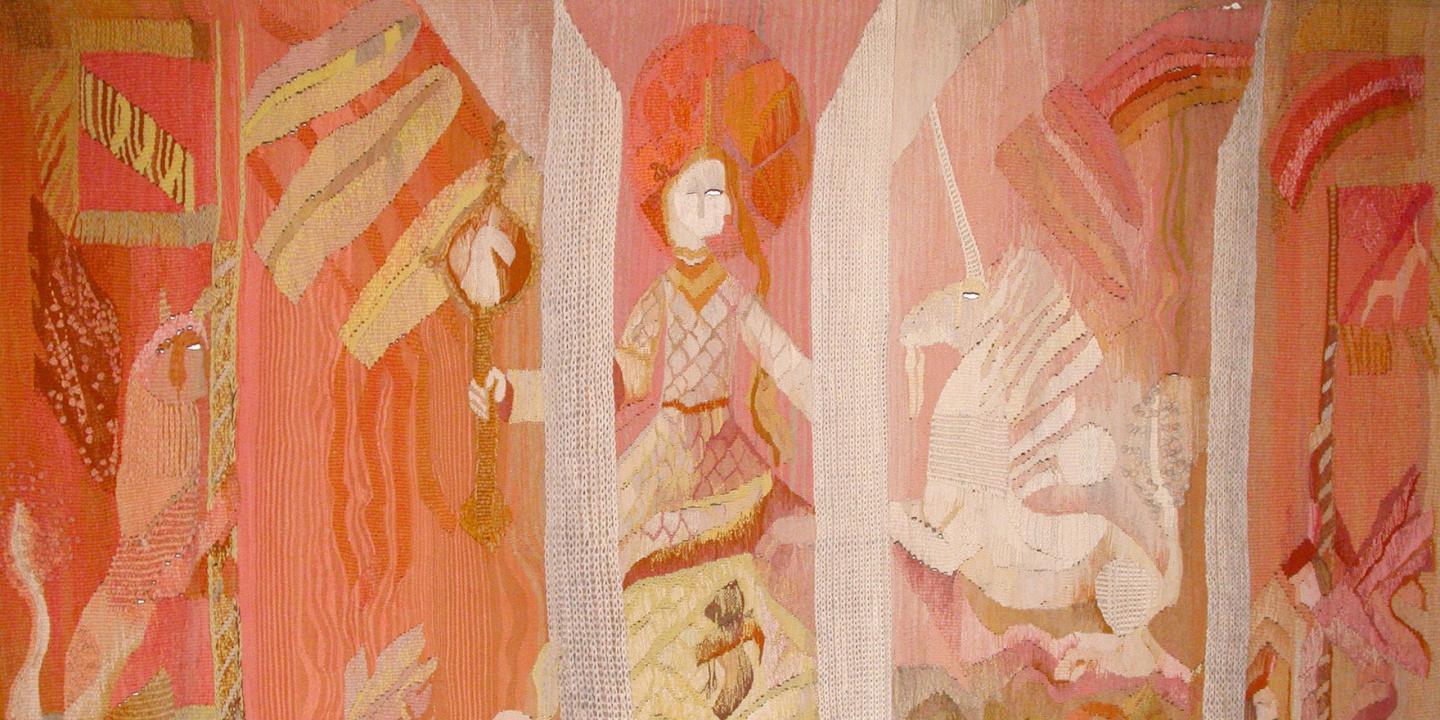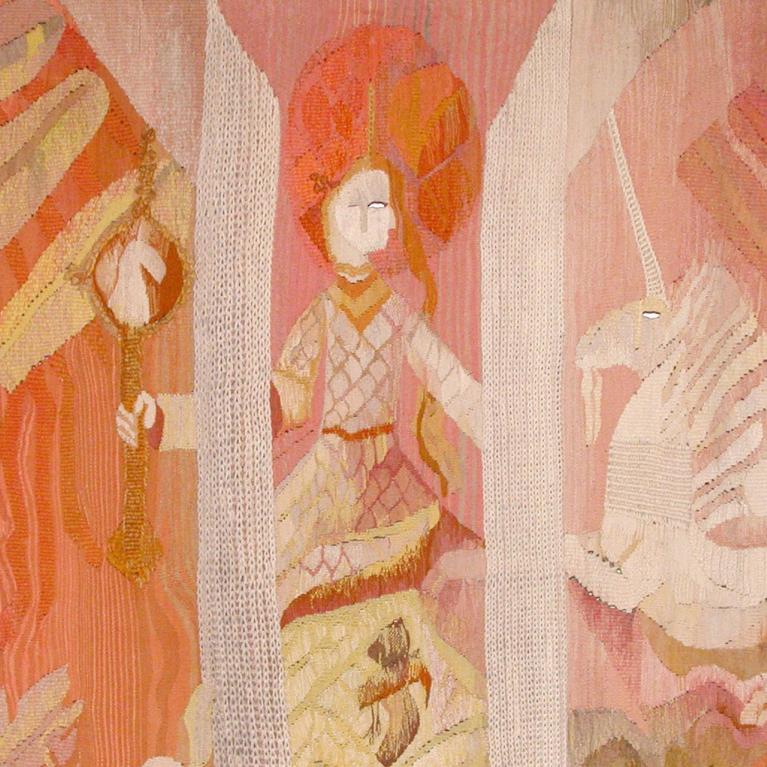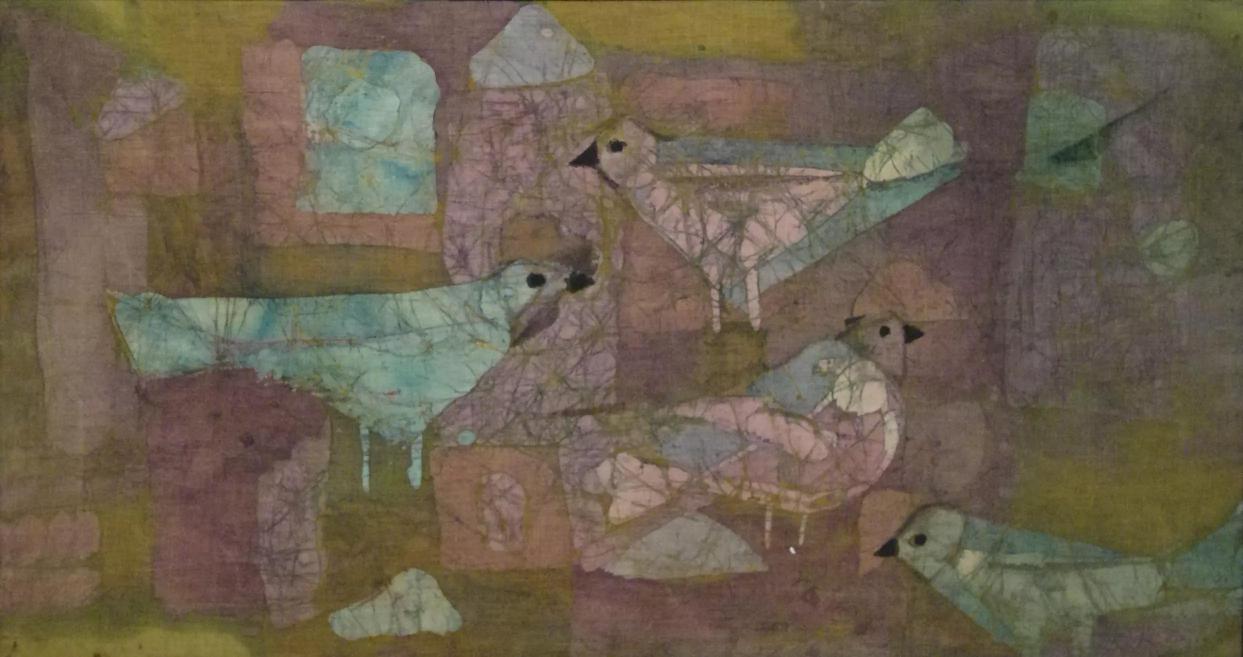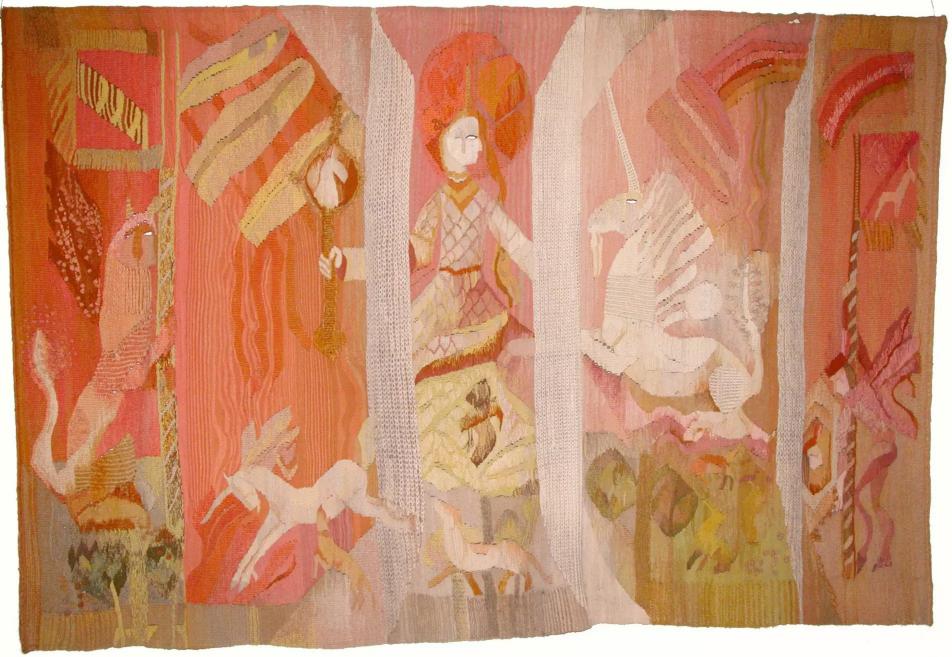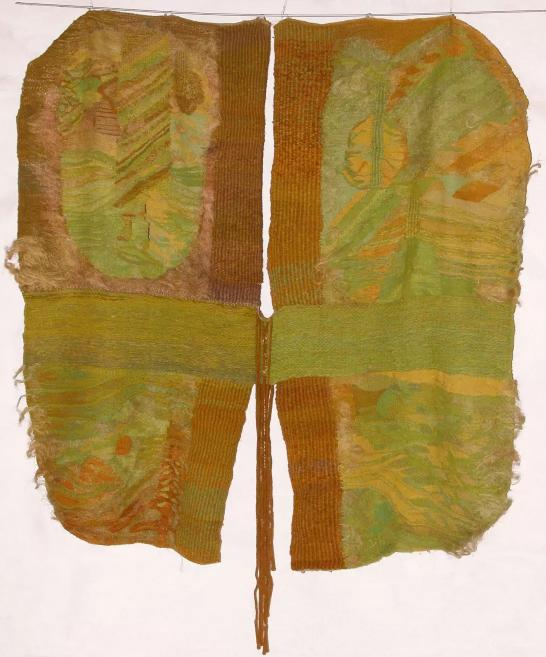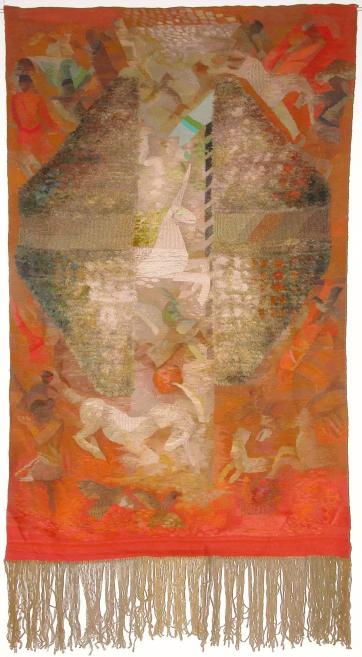Shelter for the Unicorn
From 18 December 2025 to 8 February 2026, the Museum of Decorative Arts and Design (Skārņu Street 10, Riga) will host the exhibition “Shelter for the Unicorn”, dedicated to the centenary of the birth of Latvian textile artist Georgs Barkāns.
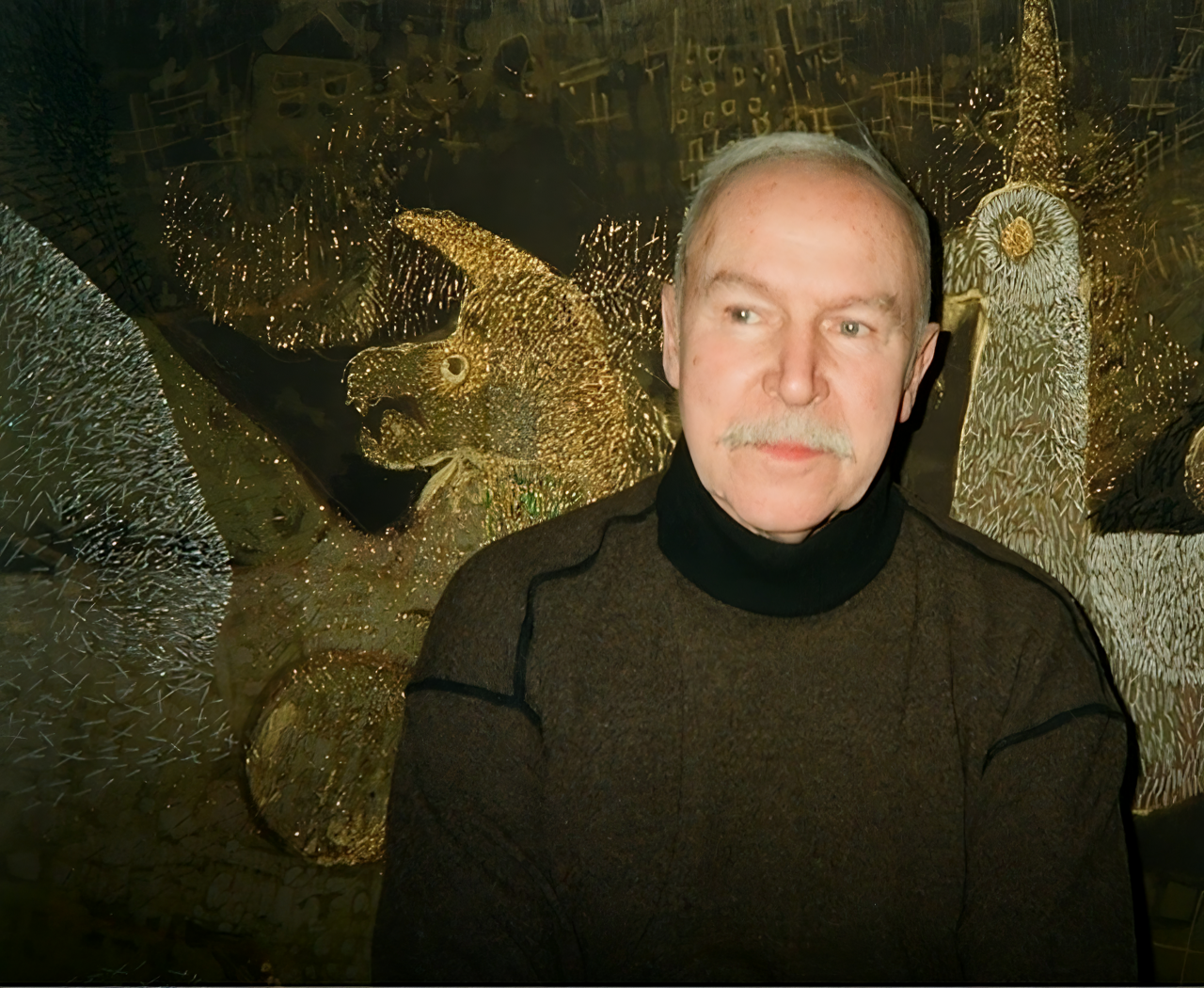
Textile artist Georgs Barkāns. 1990s. Photographer unknown. Publicity photo
Georgs Barkāns (1925–2010) was one of the most influential figures in the flourishing period of Latvian textile art that began in the late 1960s and continued until the restoration of national independence. During this era, textile art emancipated itself from the status of applied art, becoming modern, visionary, and expressive. Barkāns’ contribution to this transformation was significant.
His path to textiles was an unusual one: he mastered his first steps in weaving only after his studies of painting at the Art Academy of Latvia (1946–1949). In advance, he had completed a degree in architecture at the University of Latvia under Ernests Štālbergs (1945–1952) and had experienced his first attempts of teaching practise at the Riga School of Applied Arts (from 1958). Barkāns developed his own distinct compositional principles and a colour palette that was both rich and subtle. His imagery figures were highly stylised, compositions abstract and derived from basic geometric shapes – square, circle, triangle – often using optical symmetry. His themes abounded in historical references to Latvian ethnography, the architectural heritage of Riga, and mythology.
The unicorn motif particularly fascinated the artist. Barkāns reinterpreted the European tradition of medieval tapestry – especially the famous 14th–15th-century unicorn series by anonymous authors, which he had the opportunity to see at the Musée de Cluny (National Museum of the Middle Ages in France).
Together with artists Imants Žūriņš and Marta Staņa, Barkāns laid the foundations for a modern methodology of design education in Latvia, teaching composition for many years at the Riga School of Applied Arts (now the Riga Design and Art School). Many contemporary Latvian artists were influenced by his vibrant personality – his impeccable taste combined with an informal and inspiring manner.
The exhibition “Shelter for the Unicorn” presents only a fraction of Georgs Barkāns’ immense creative legacy, shared with his life partner Dzidra Ozoliņa (1922–2014), whose joint productivity seemed inexhaustible. After the Soviet period, the couple continued to work actively, meeting the challenges of a new era.
Visitors will see large-format tapestries from the collections of the Museum of Decorative Arts and Design and the Artists’ Union of Latvia, as well as batik works from Barkāns’ early years and abstract pieces from his later life.
Vilnis Vējš – the curator of the exhibition and Reinis Dzudzilo – the acclaimed visual dramaturgy designer– have created an exhibition that pays tribute to both – Barkāns’ refined artistic sense of symmetry and the unique character of the museum’s historic building, the oldest surviving sacred structure in Riga.
The exhibition portrays an outstanding personality whose vivid imagination and creative energy coexisted with the constraints of his time. In both textile art and design education, Georgs Barkāns was a pioneer and restless innovator who, rather than directly reflecting on his era, devoted himself to a lifelong cultural and educational mission – reviving the legacy of previous generations and reaffirming the enduring values of European art. The recurring unicorn motif elaborated by the artist can still be seen today as a creative stance against the brutality of the surrounding world – a poetic symbol of beauty, resilience, and imagination.
